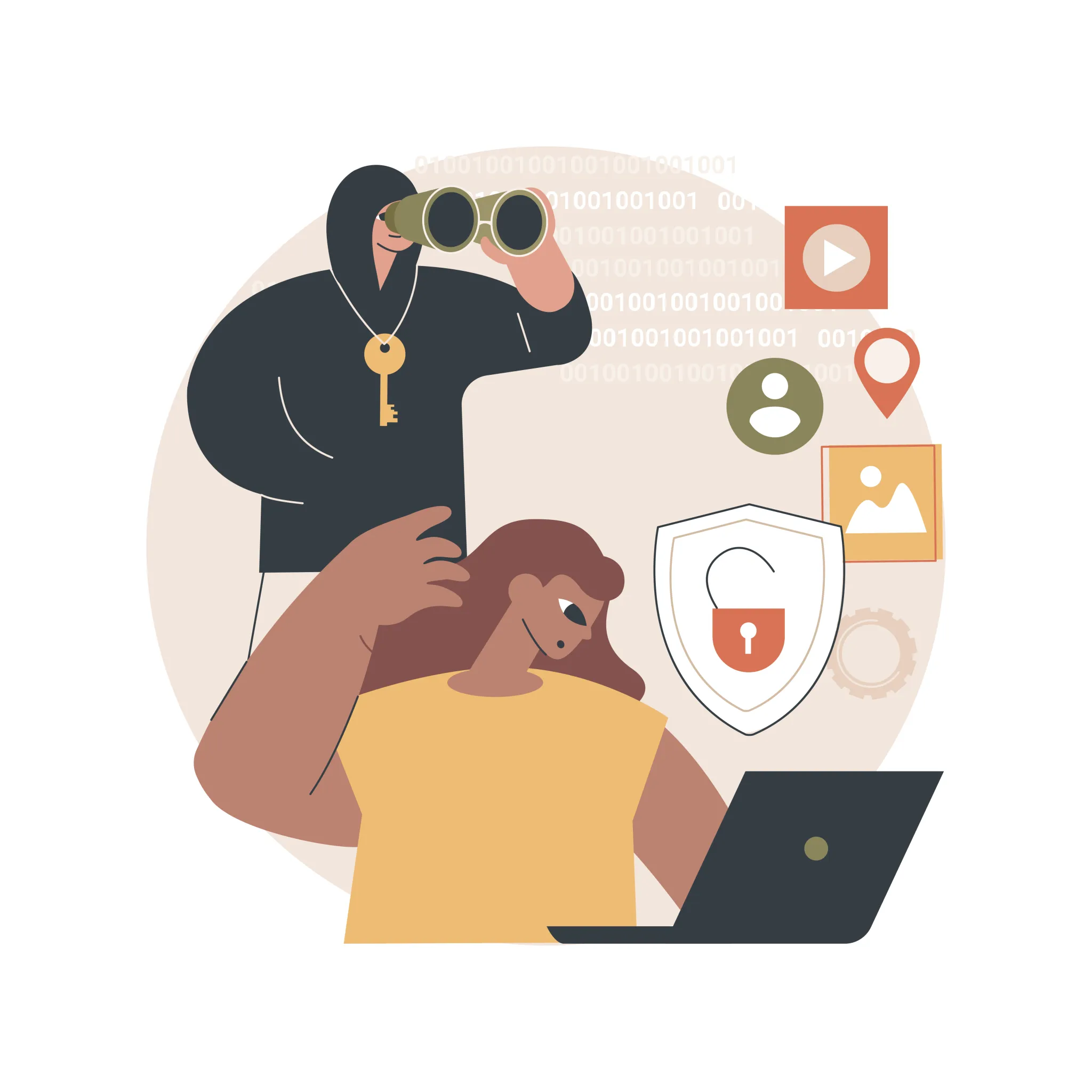Digital Battleground: Confronting the Rising Tide of Gender-Based Tech Violence
- Chomba Nyemba-Mubanga

- May 4
- 4 min read
Technology’s Double-Edged Sword
As technology rapidly advances and becomes increasingly pervasive in our society, the harmful usage of such innovation equally becomes apparent. Specifically, the systemic nature of gender-based violence has increasingly transferred into the digital space, catalysed by the COVID-19 pandemic, giving rise to a new form of digital violence. The rise of AI, for instance, has provided accessible means of publicising explicit images. Such tools, consequently, both reflect and perpetuate the systemic misogyny entrenched in society, in part due to the ingrained biases that form part of such technology's creation.
The Rise of Digital Misogyny
Technology-facilitated gender-based violence, in this context, UNESCO defines as
any act that is committed, assisted, aggravated or amplified by the use of information communication technologies or other digital tools which results in or is likely to result in physical, sexual, psychological, social, political or economic harm or other infringements of rights and freedoms.
As such, this article will address the growing issue of gender-based digital violence, explicitly focusing on the targeted online harassment of female public figures, alongside how AI tools have given rise to a 70% increase in deepfake explicit images (Andre, 2024), 96% of which target women (Deeptrace, 2019).
From Schoolyards to Courtrooms: Youths and Deepfake Exploitation
The case in Almendralejo, Spain, in which 15 schoolchildren used AI to create explicit images of female classmates, demonstrates the extreme emotional toll such attacks place on their victims (Viejo, 2023). As a result of the circulation of these images, many of the impacted victims, some only 14 years old, experienced extreme anxiety and social withdrawal. Unfortunately, however, this case is far from isolated, with an Australian teenager arrested in June this year following the circulation of graphic deepfake images of 50 female students. The rising frequency of such AI misuse, mainly targeting young girls, consequently points to a broader trend of gender-based digital violence utilising doctored images enabled by the increased accessibility of these digital tools.
Pandemic Amplification: Violence Behind Screens
In this light, moreover, the COVID-19 pandemic must be considered a crucial catalyst for the digitalisation of such abuse, emphasised by the 210% increase in image-based violence in Australia during the pandemic (Intensification of Efforts to Eliminate All Forms of Violence against Women: Report of the Secretary-General (2020), 2022).
This notion is further evidenced by the 168% increase in 'misogynistic online posts during COVID-19 lockdowns', noted from data collected in India, Sri Lanka and Malaysia (UN Women, 2020). Black women, in particular, reported a higher increase in online abuse during COVID-19, with a 38% increase (UN Women, 2024).
Targeting Women in Power: A Tool of Silencing
Digital violence disproportionately affects women in public roles, with 73% of female journalists reporting online abuse during their careers (UNESCO, 2020). Alarmingly, this harassment often extends offline; UK journalists have faced physical stalking linked to online threats (New Report, 2022). Nearly 20% of female journalists also receive physical violence threats (UNESCO, 2022), underscoring how online abuse fosters a culture of fear and normalised harassment that silences women in politics, media, and activism.
Intersectional Inequality in the Digital Age
Women politicians in the UK, USA, China, and South Africa are over three times more likely to receive gendered derogatory comments on Twitter than their male counterparts. This digital violence is deeply intersectional, disproportionately affecting women with disabilities, Black and Indigenous women, migrant women, LGBTQ+ individuals, and other women of colour (UN Women, 2024). Ruth Davidson has spoken out about enduring misogynistic and homophobic abuse, while Diane Abbott, the UK’s first Black female MP, receives 45% of all abuse directed at women MPs on Twitter (DIGITAL HARASSMENT of WOMEN LEADERS, 2018), underscoring the racialised and gendered nature of online harassment.
Undermining Democracy and Public Participation
Digital violence reinforces gender inequality in politics by discouraging women from participation, with over 74% stating they would not run for MP due to abuse (Drolet, 2022). This form of violence not only endangers individual safety but also weakens democratic engagement. Social media platforms contribute to the problem by removing only 36% of abusive content (UNESCO, 2023), normalising harassment and deprioritising women's safety. Moreover, the overlap between online and offline abuse intensifies a broader culture of misogyny that excludes women from public spaces.
Call to Action: It's Time to Reclaim the Digital Space
We cannot allow online spaces to become breeding grounds for violence, silencing, and exclusion. Governments, tech companies, civil society, and individuals must act collectively to:
Enforce stronger laws and protections against digital abuse
Hold tech platforms accountable for moderating misogynistic content
Invest in gender-sensitive technology and AI development
Center the voices of women most affected, especially those from marginalized communities
This isn’t just a tech issue—it’s a human rights crisis.
Let’s dismantle digital patriarchy and build a safer, more inclusive internet for all.
Written by Niamh Walters (Global Youth Advisory Board Member) who is a passionate advocate for intersectional feminism. She is dedicated to empowering marginalised communities by addressing the overlapping systems of oppression that shape their experiences. Her work fosters inclusivity and promotes access to education as a powerful tool for achieving equity.










Comments